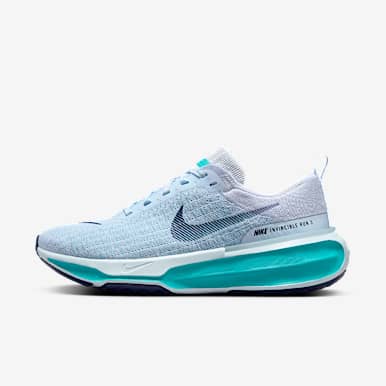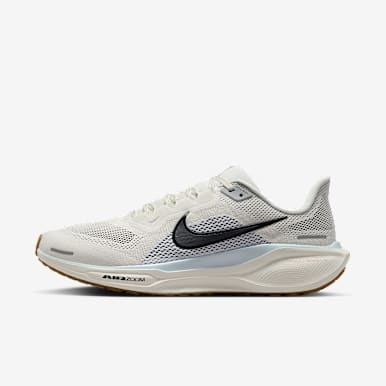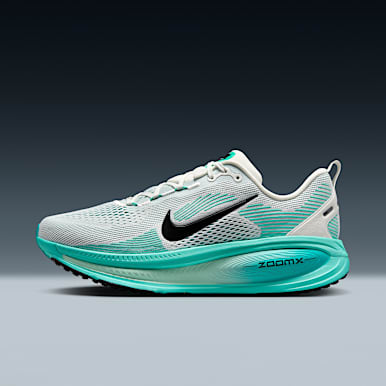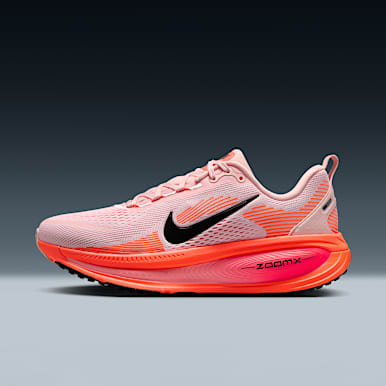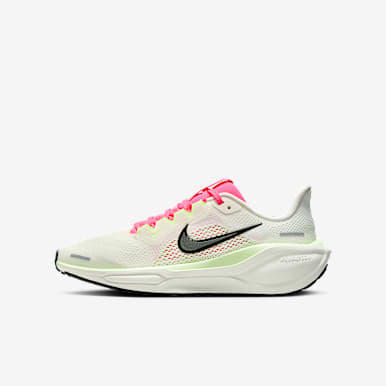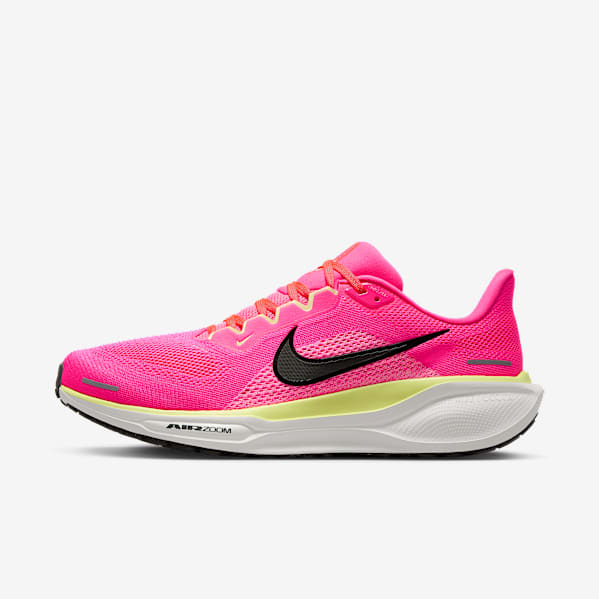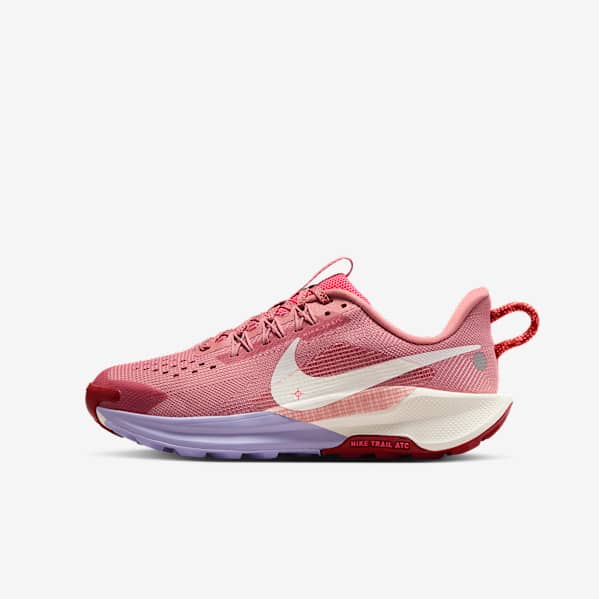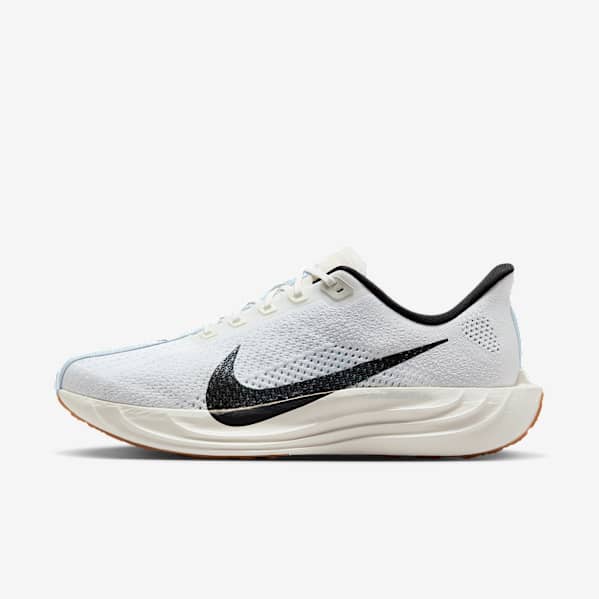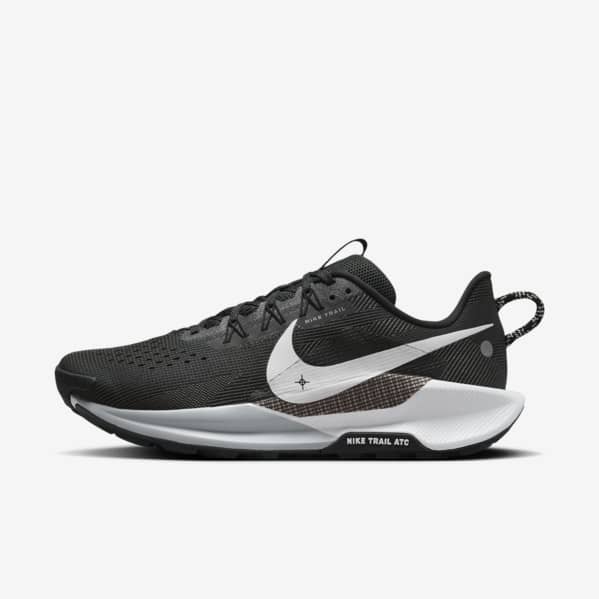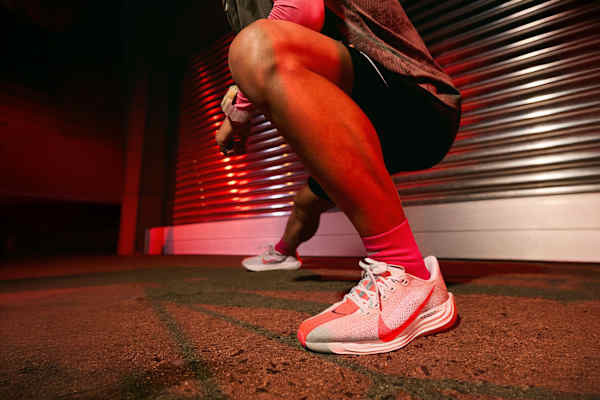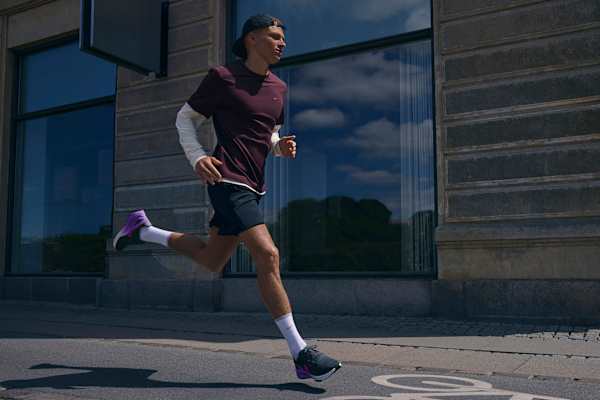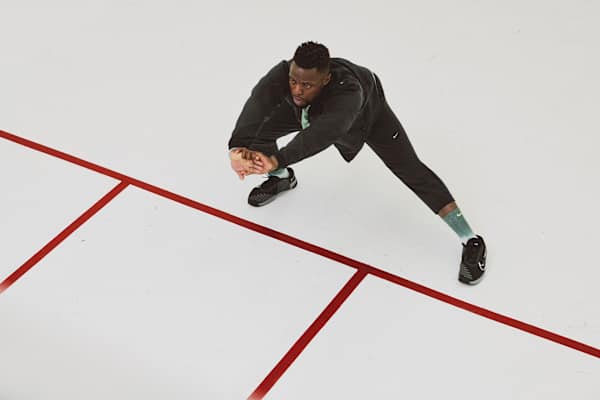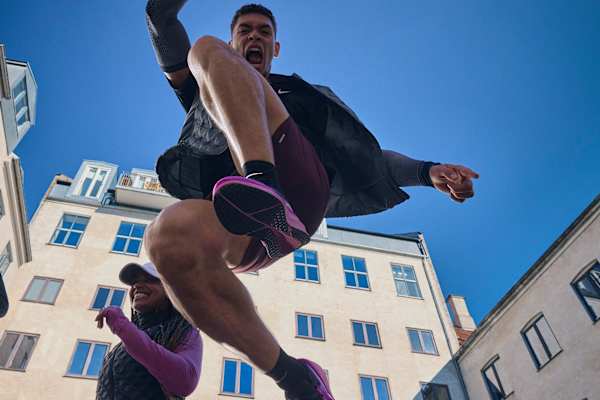How to find your optimal running cadence
Activity
Help prevent injury and increase your speed with these expert tips on cadence running.
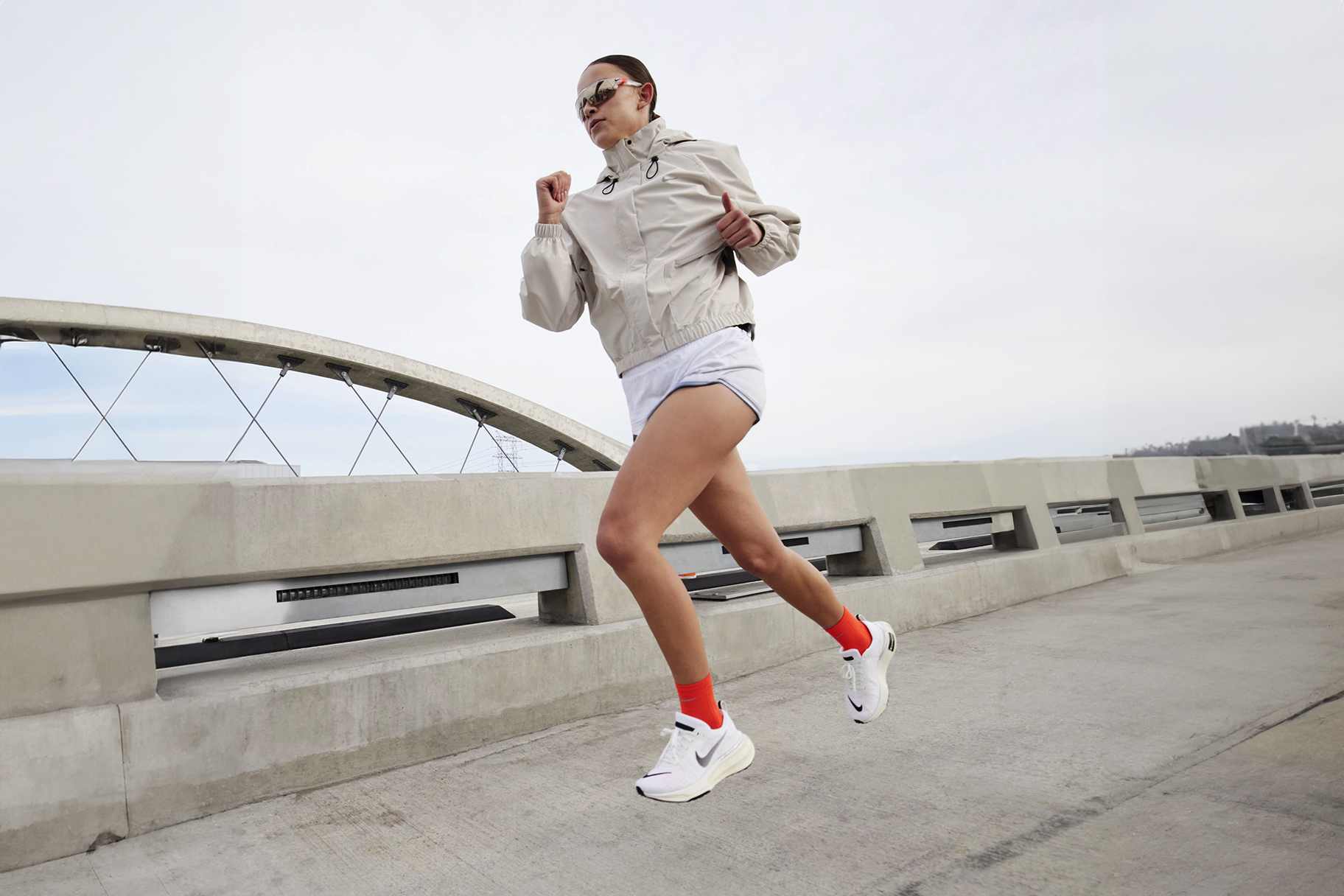
If you've ever overheard a runner compliment another's running cadence but didn't know what that meant, you're not alone. While it may not be fodder for casual conversation, cadence is a key foundation of running and can help you become a faster athlete. "You have to train to run instead of run to train", says David Jou, PT, DPT and co-founder of MotivNY, adding how crucial it is to master the basics of running before increasing your mileage or workout intensity.
What is running cadence?
"Cadence is just the number of steps a runner takes per minute", says Anthony Luke, MD, MPH, founder of RunSafe, professor of clinical orthopaedics and director of the University of San Francisco Human Performance Center.
"Fine-tuning cadence goes far beyond scoring a personal best—it may decrease your risk of certain injuries", Jou explains. "The higher the cadence, the less impact on your body", he says.
Why you should focus on your running cadence
New runners aren't likely to have an optimal running cadence from the get-go. "That's why newbies are often more prone to injury due to increased impact, so it's something you want to give attention to", Jou says.
A low cadence can stress your joints and muscles, negatively impact your running mechanics and affect how much time your feet spend on the ground, all of which can lead to injury.
"Improving cadence can also increase your speed: the more steps you take, the faster you're probably going to run", Luke says. Your stride length is another variable that impacts how fast you go. If your stride length is too long, you're spending more time on the ground, and your legs may be taking on more stress than they have to.
What's a good running cadence?
In the world of fitness, most things are not one-size-fits-all. However, according to Luke, the optimal running cadence averages between 170 and 180 steps per minute for people of average height, which, in the United States, is 5 feet 4 inches (162.5cm approx.) tall for women and about 5 feet 9 inches (175.5cm approx.) tall for men. Running within this cadence range may reduce your injury risk, as you'll spend less time contacting the ground.
How to measure and improve your running cadence
You can measure your cadence by counting how many steps you take in one minute, downloading a metronome app or using the cadence tracking feature on your smartwatch. If you're not in the 170 to 180 steps per minute range, Jou recommends finding a running coach to help you determine the right cadence for you and your goals.
"If you're taking fewer than 170 steps per minute, the goal is to take more steps—try not to think about going faster at first", Luke suggests. Run at a comfortable speed on a treadmill and slowly introduce more steps to get a feel for running at the same speed but without spending as much time on the ground. This method to increase cadence is also used to correct people's running mechanics, especially those who run with long strides and are dealing with aches and pains.
If you don't have access to a treadmill, Luke says you can do intervals outdoors. First, find a pace that feels comfortable, and then practise taking shorter steps during a one-minute interval. A GPS watch can help you stay steady with your speed. If you don't want to go for the full minute, Jou recommends tracking your steps as you run for 20 seconds. Then, multiply that number by three to calculate your cadence.
The bottom line on cadence running
While cadence running may not have been on your radar before, it's something to consider mastering as you run more. It takes at least six weeks to get comfortable with a new cadence, Luke says, so be patient and keep at it.
"If you run efficiently, you're not going to be injured as much", Jou says. "If you're running inefficiently, you're using a lot of energy, then you lose your form, then that can translate into injury".
For more expert-backed advice, download the Nike Run Club App!
Words by Tamara Pridgett


